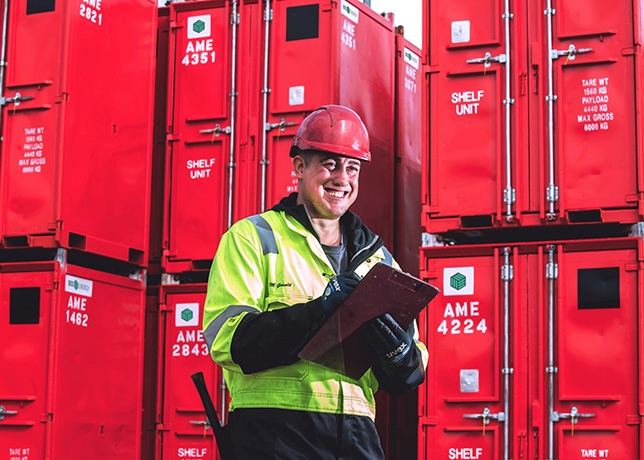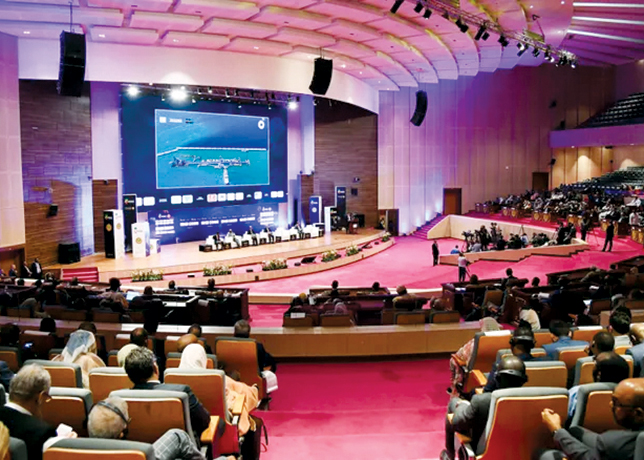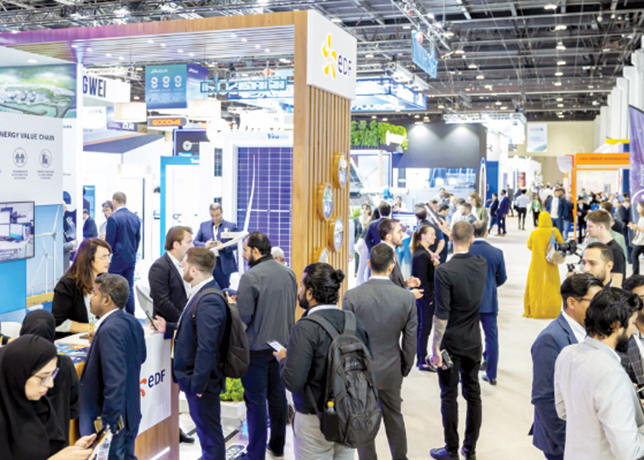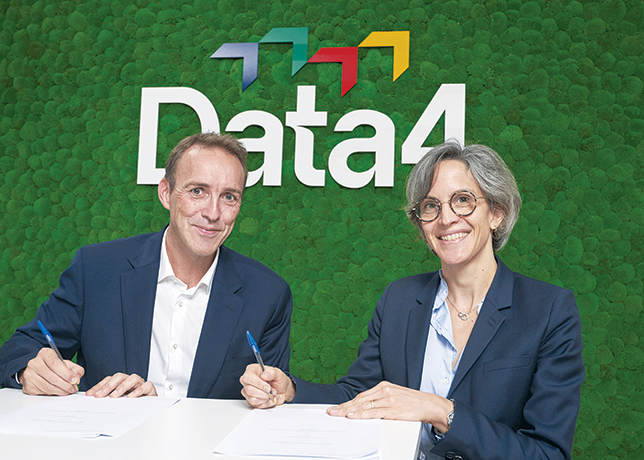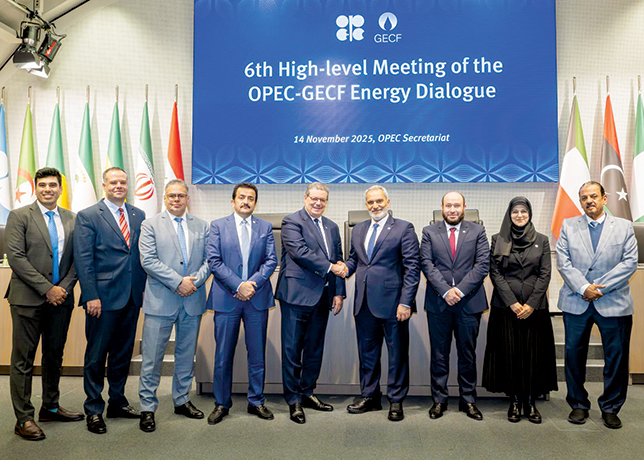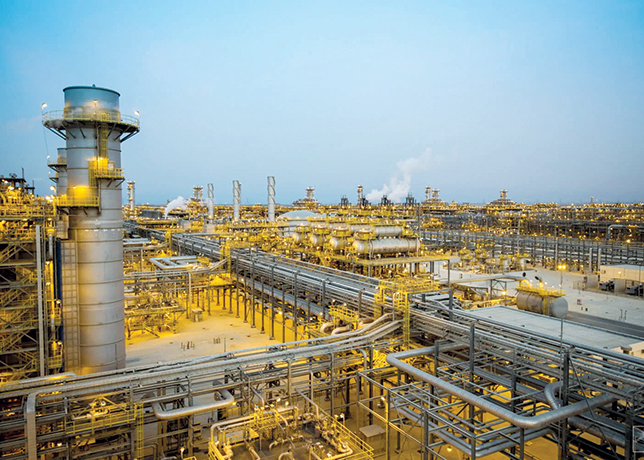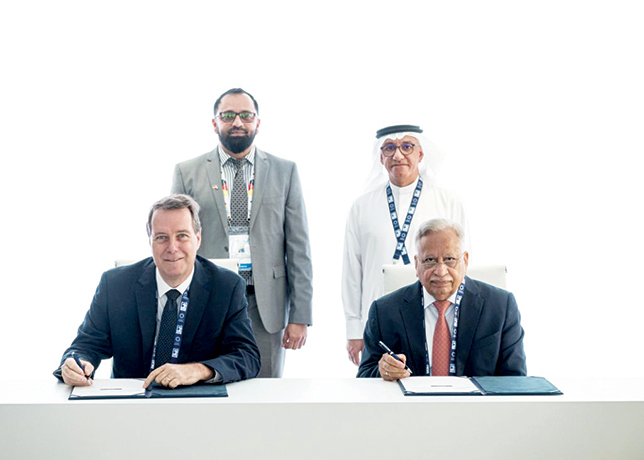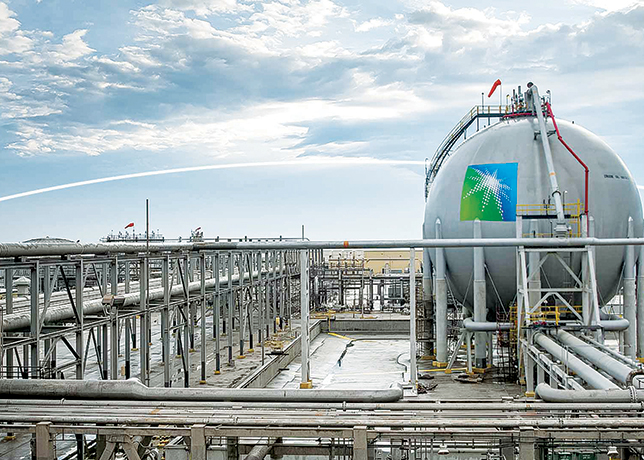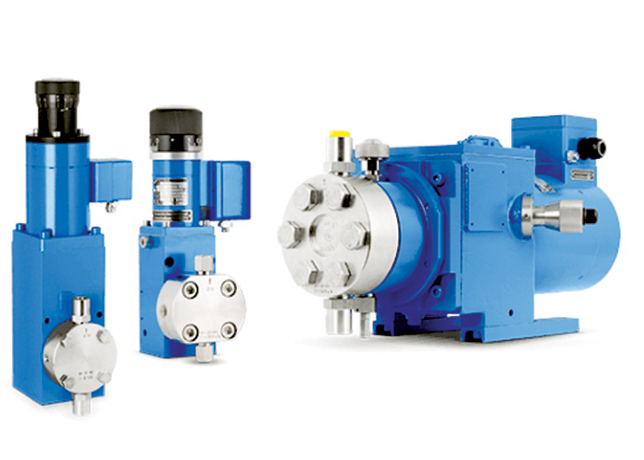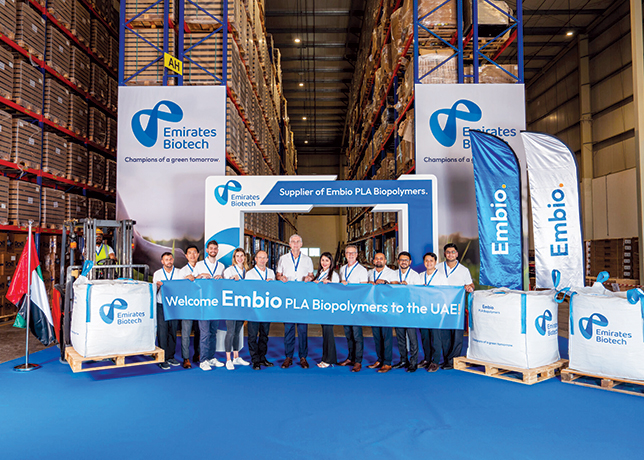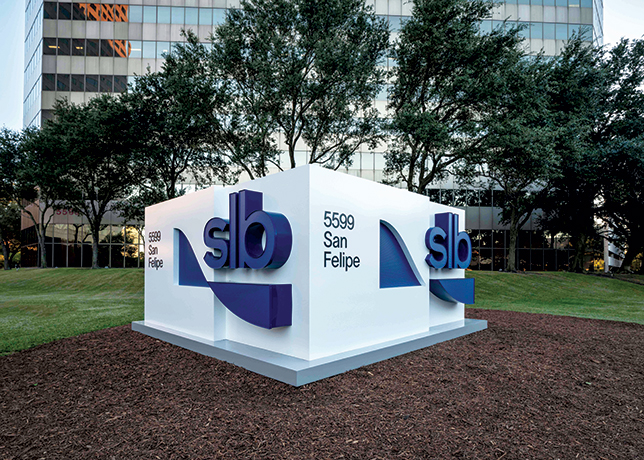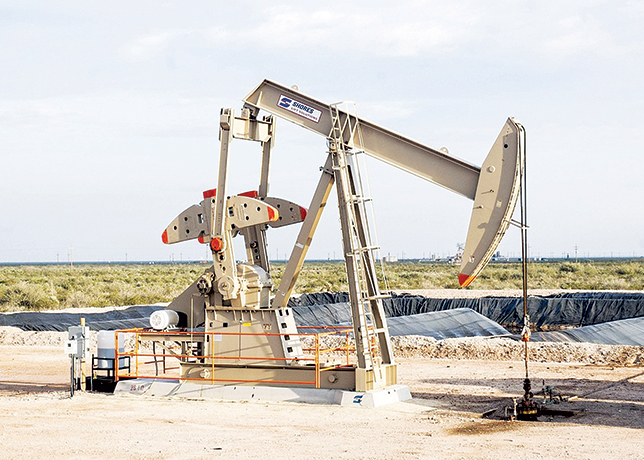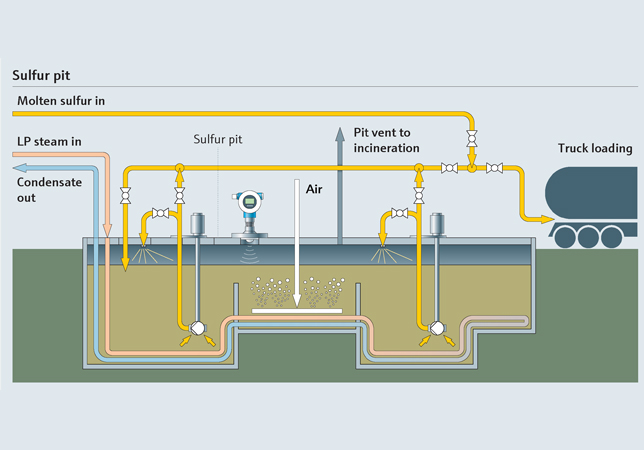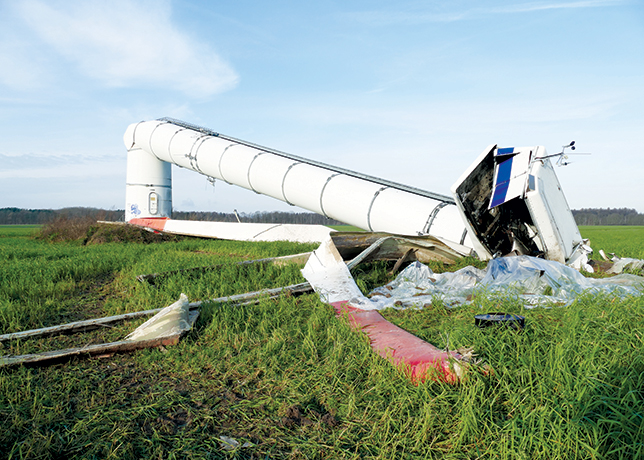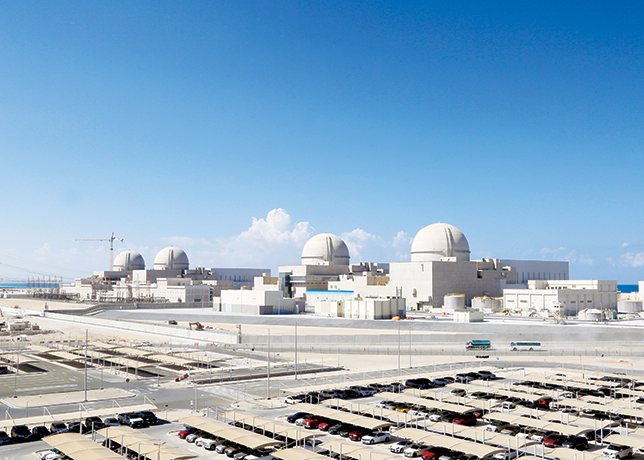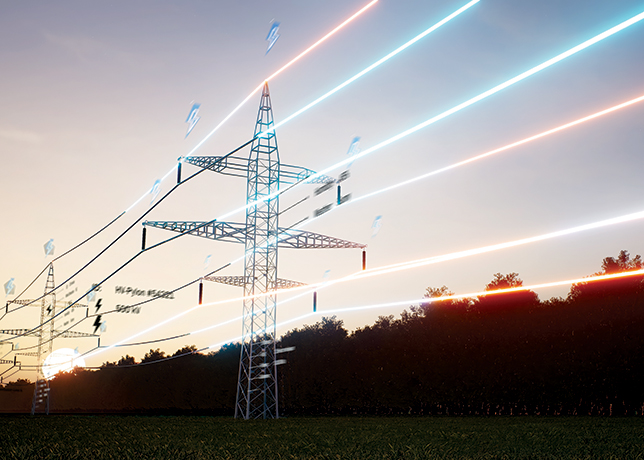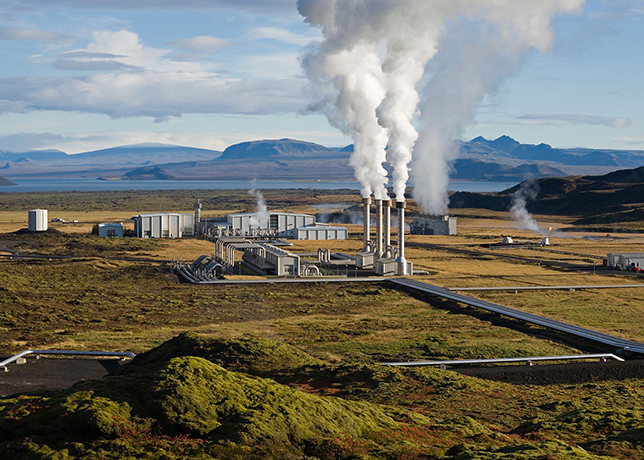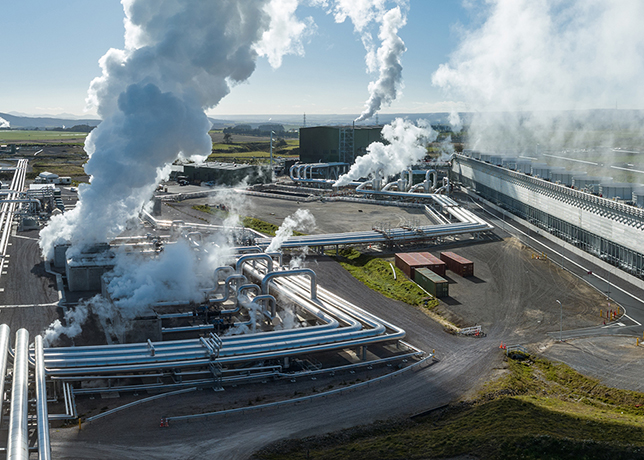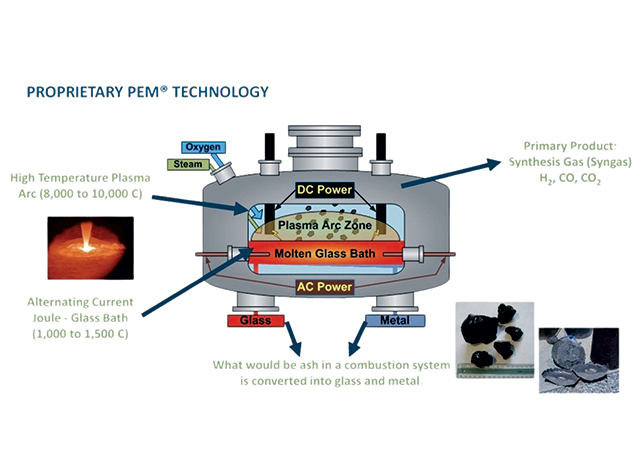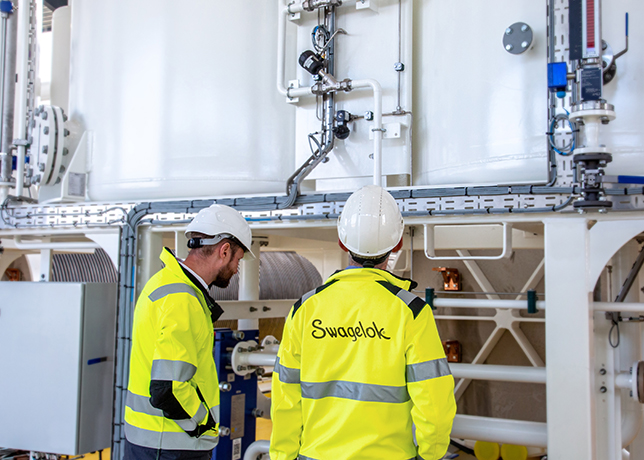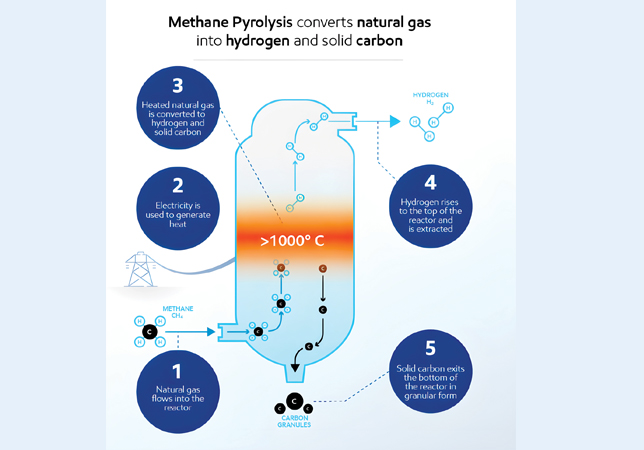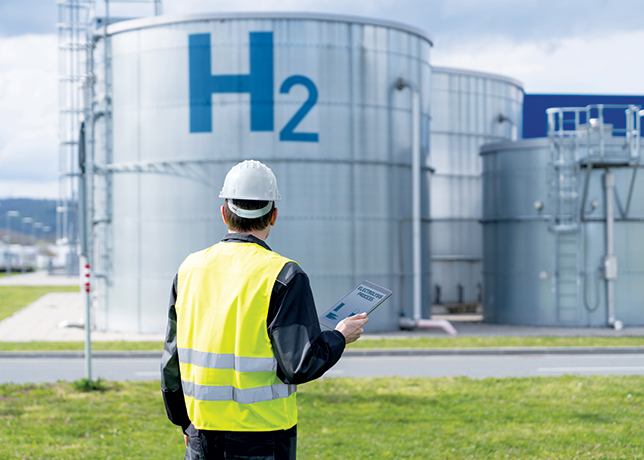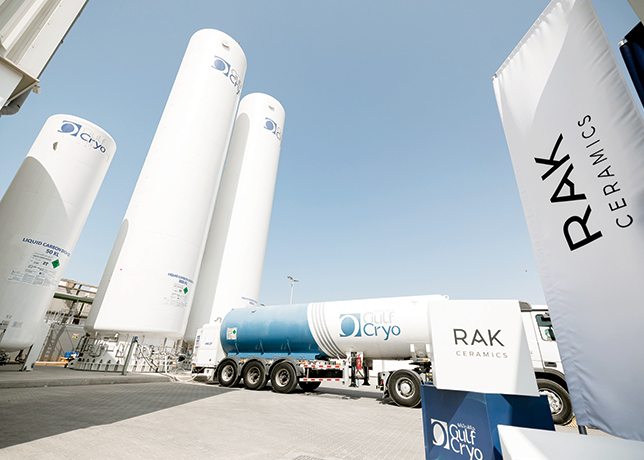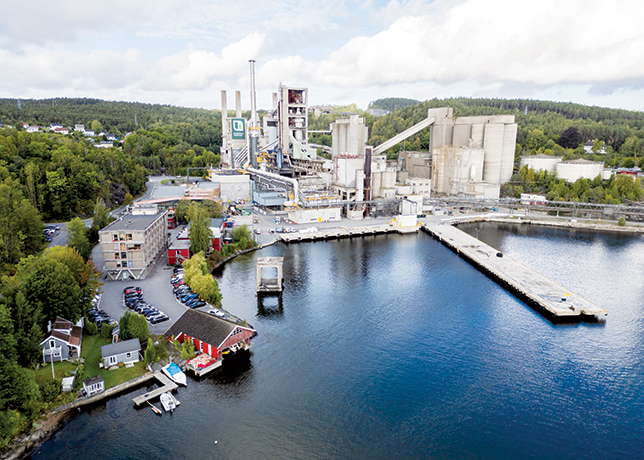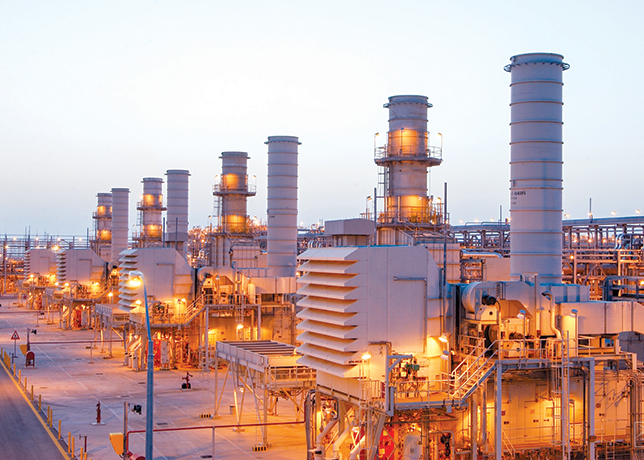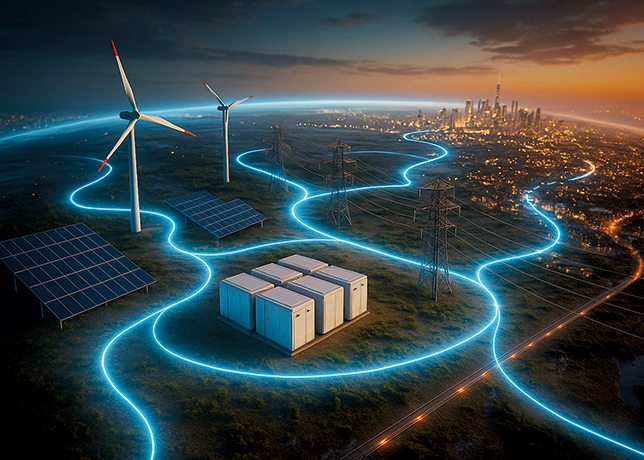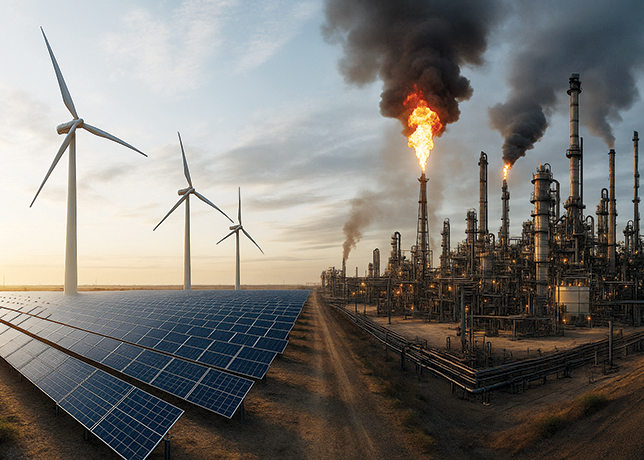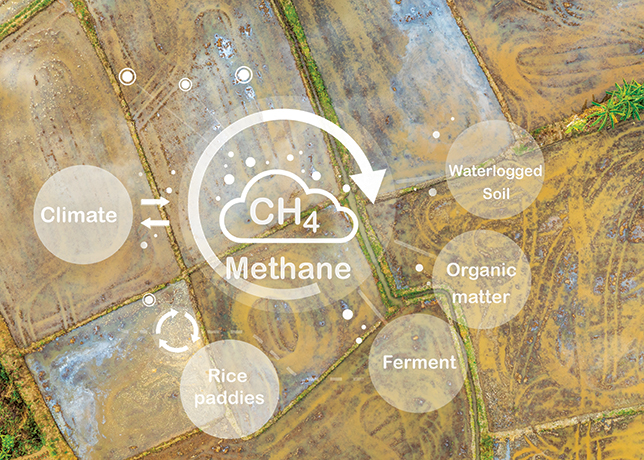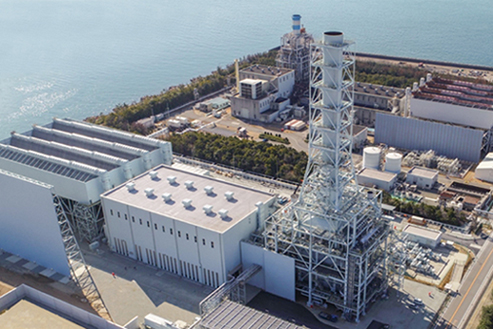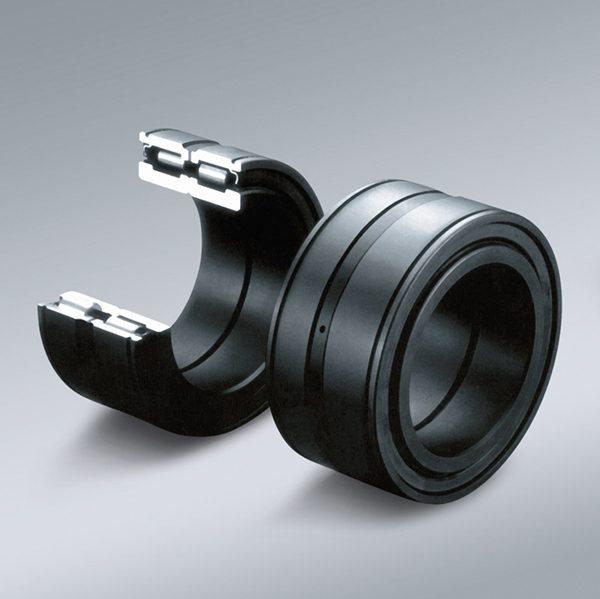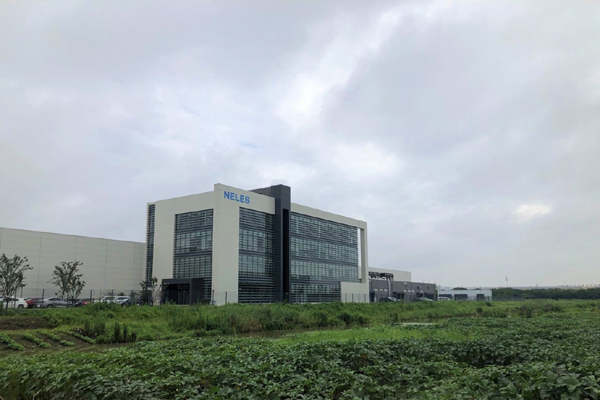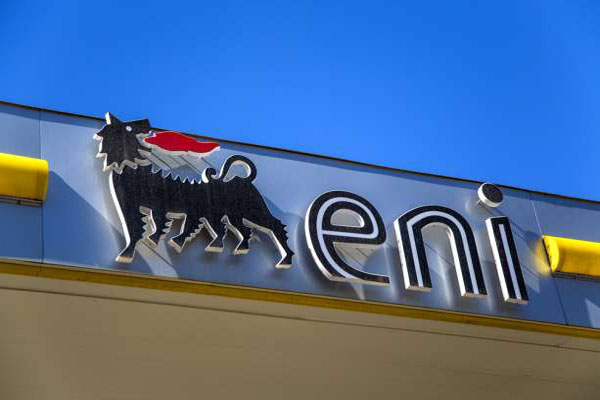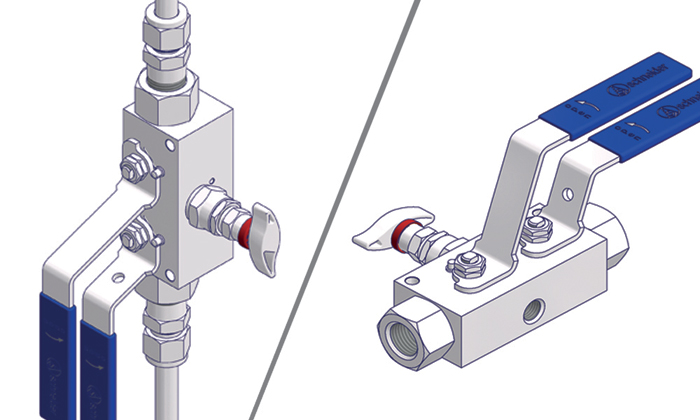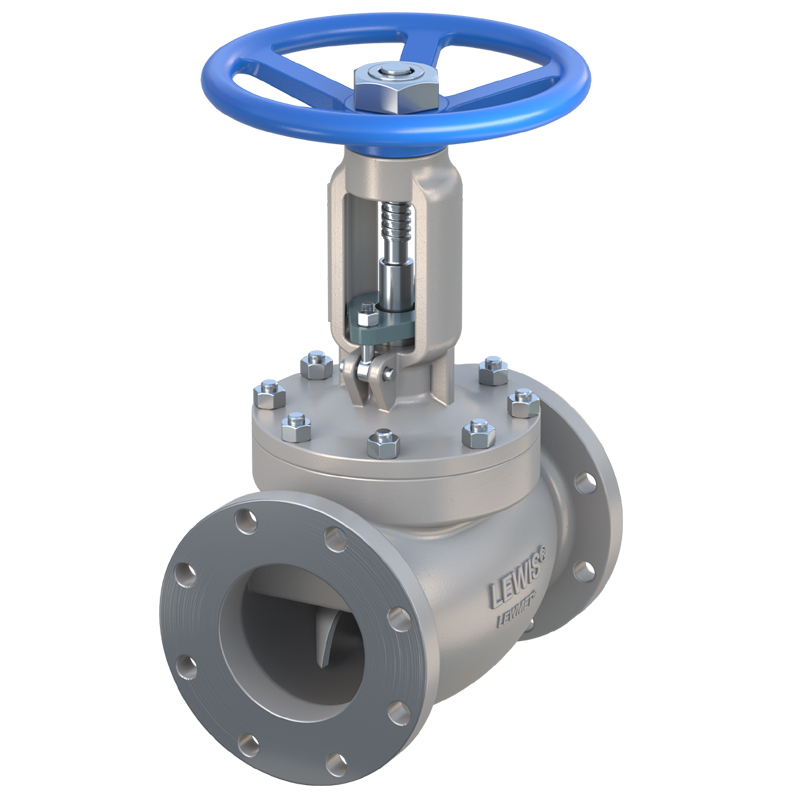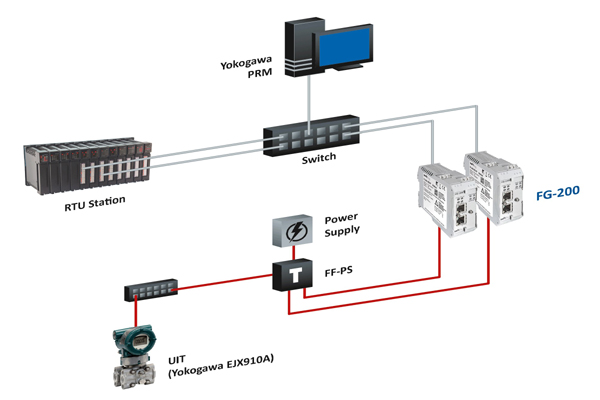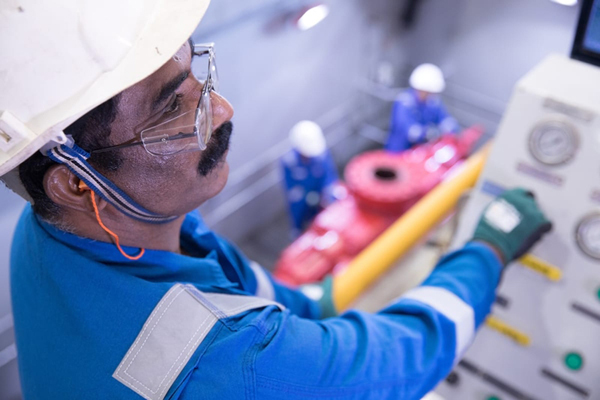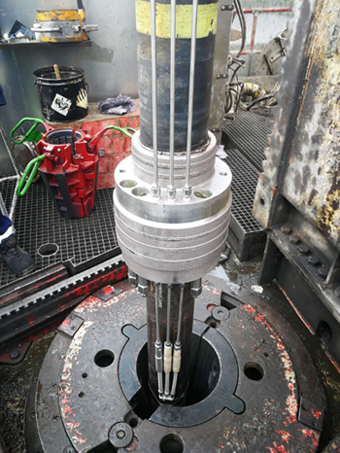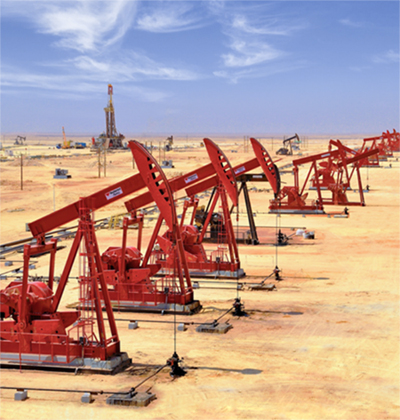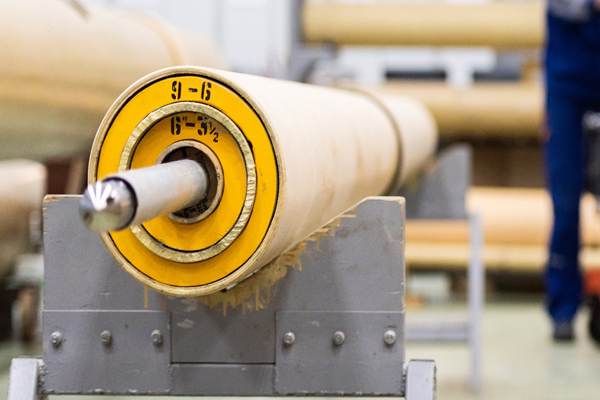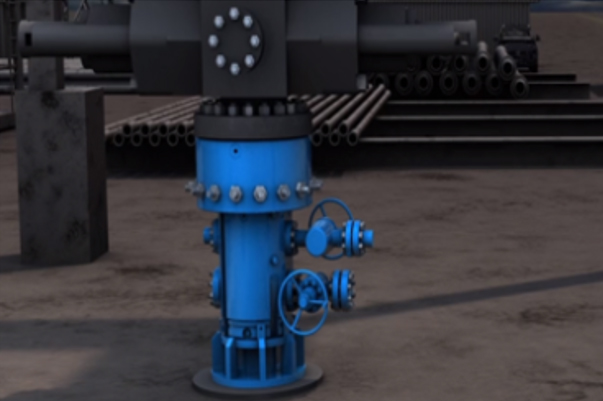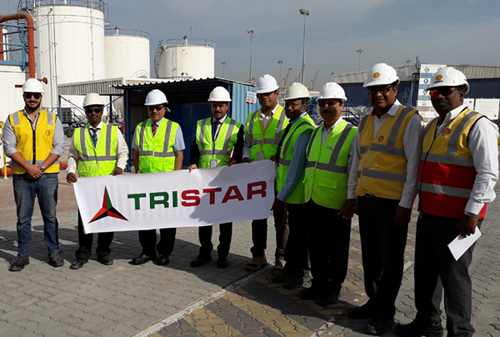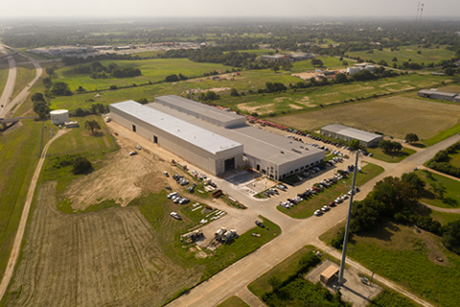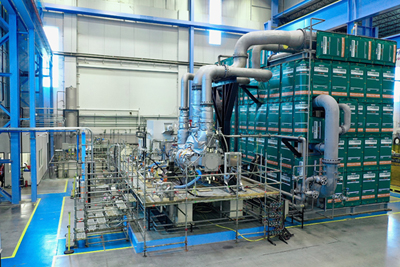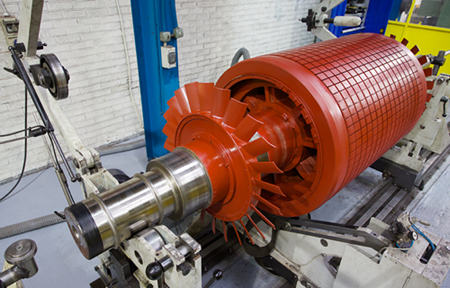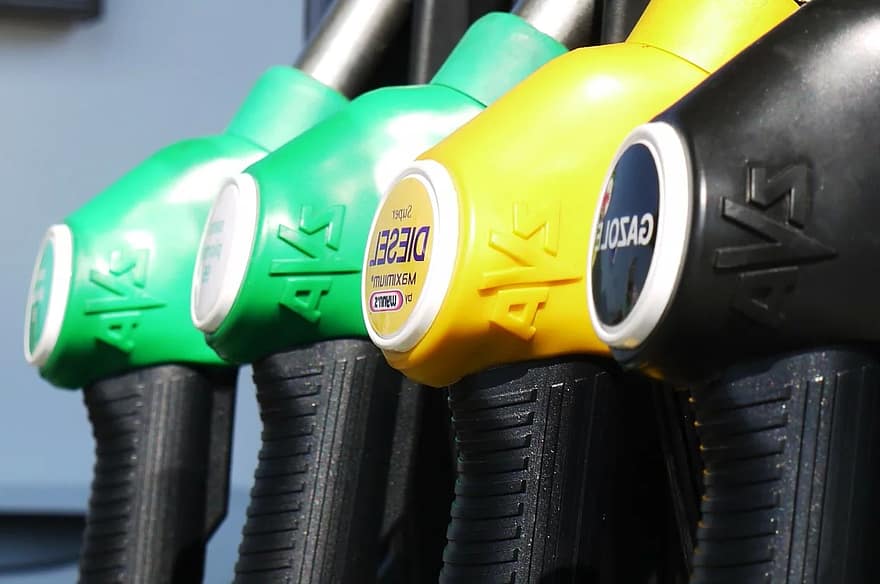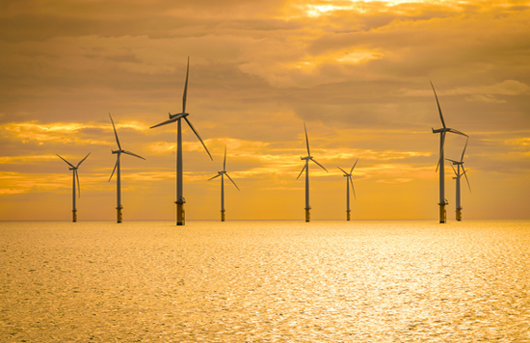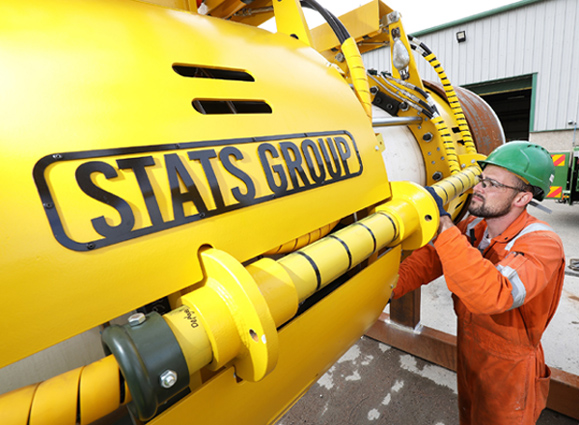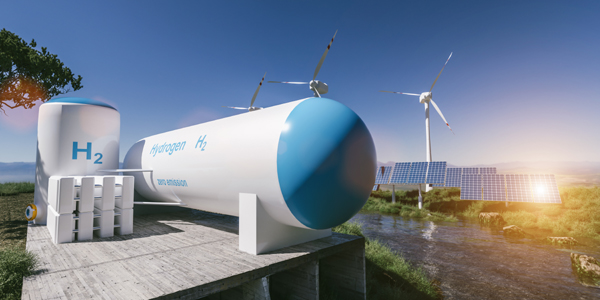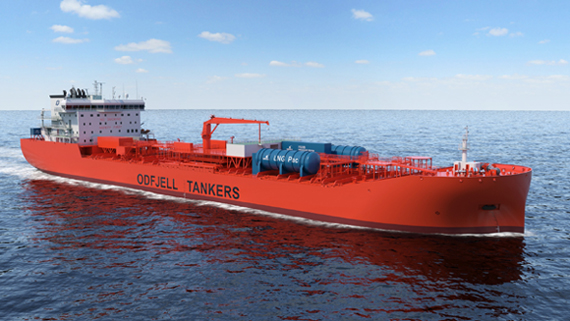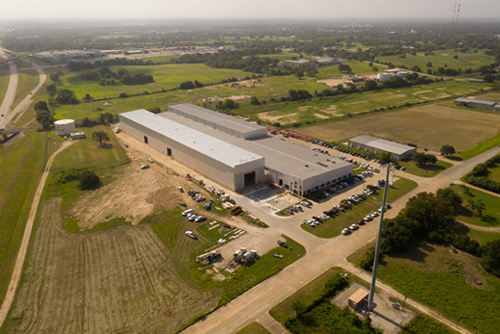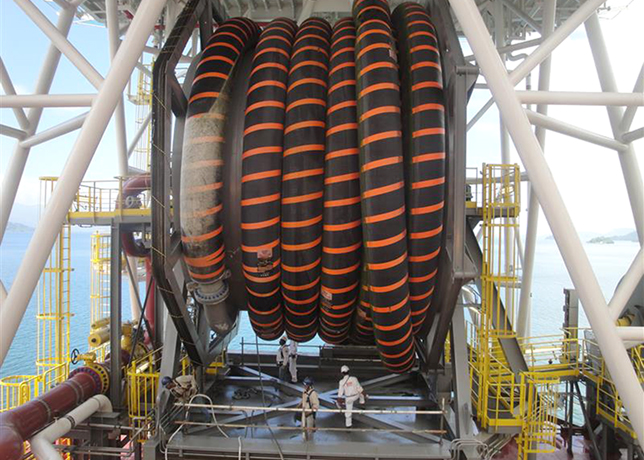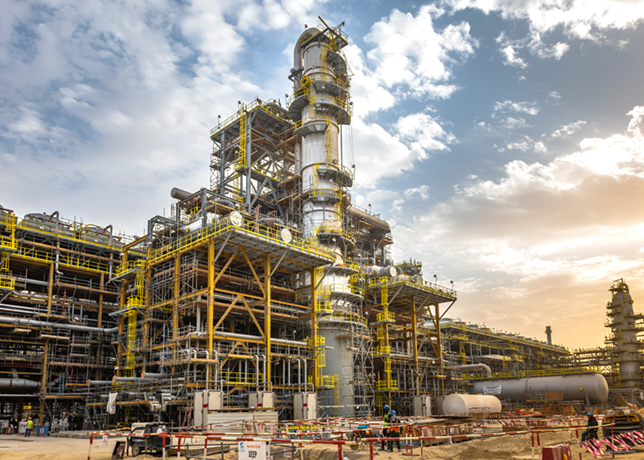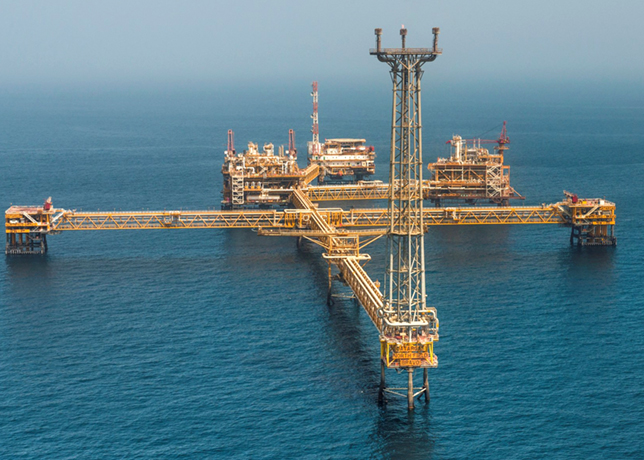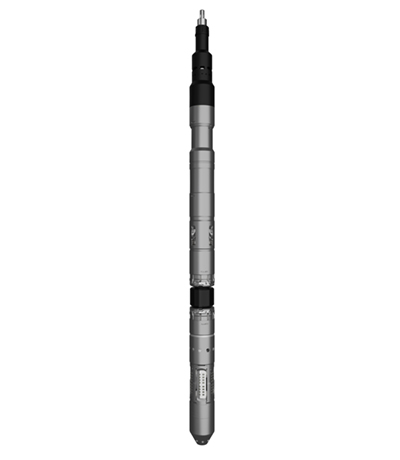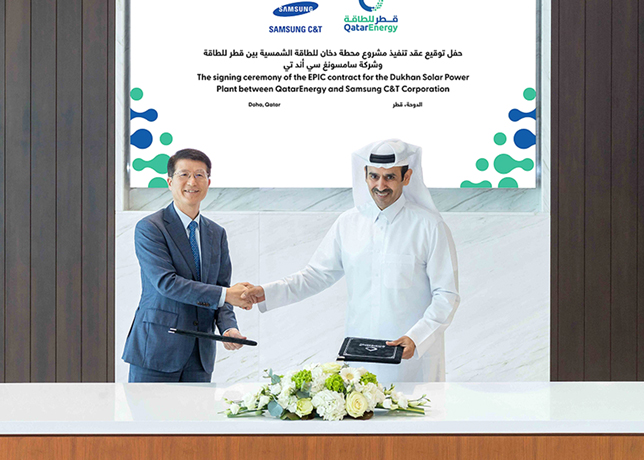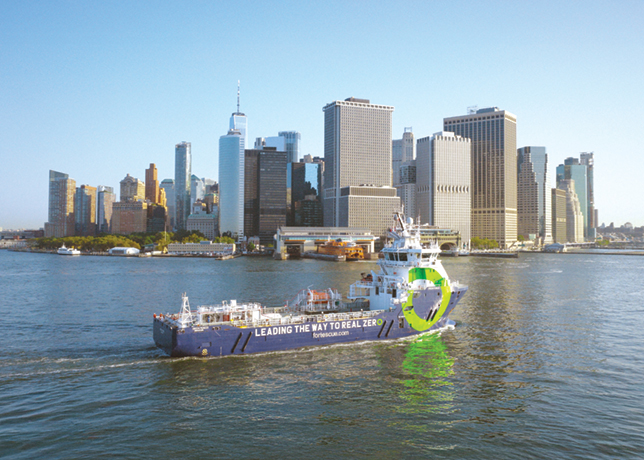
 The Fortescue Green Pioneer is the world’s first dual-fueled ammonia-powered vessel
The Fortescue Green Pioneer is the world’s first dual-fueled ammonia-powered vessel
Ammonia is gaining traction as a viable shipping fuel, but scaling it globally demands breakthroughs in safety, infrastructure, regulation, and investment before it can transform maritime transport
From the decks of cargo ships to the sprawling docks of global ports, a quiet revolution is brewing: Ammonia is emerging as one of the most talked-about contenders to decarbonise shipping.
Zero carbon content, high energy density by volume, and a pathway to ‘tank-to-wake’ clean combustion make it an alluring fuel.
Yet scaling ammonia from niche pilot projects to the backbone of global maritime transport demands breakthroughs, and very careful navigation.
One of ammonia’s chief attractions is that it contains no carbon, meaning combustion emits no CO2 thus offering potential reductions in ‘tank-to-wake’ emissions of 90–95 per cent compared to traditional marine fuels, according to engine testing and projections.
Further, as a hydrogen carrier, ammonia is denser than liquefied hydrogen and easier to store and transport, making it a practical medium for low-carbon fuels.
Major industry studies, such as ‘From pilots to practice: Methanol and ammonia as shipping fuels’ from the Global Maritime Forum, now classify ammonia as "ready for piloting", while methanol has advanced to early commercial operation.
DNV’s recent ‘Ammonia in Shipping’ report notes that there are already 39 ammonia-fuelled vessels on order, with commercial engines becoming available and bunkering trials underway in ports such as Singapore and Rotterdam.
In the market today, green ammonia costs $885-1,050 per tonne, versus heavy fuel oil at $500-600 per tonne. Yet more ammonia is required to replace the same energy content, increasing the economic gap.
Still, industry analysts expect economies of scale, carbon pricing, and policy support could close that gap by 2030–2035.
TECHNICAL & OPERATIONAL HURDLES
Ammonia’s potential comes with serious engineering and safety challenges. Its toxicity, corrosivity, and risk of leakage demand specialised material handling, double-walled storage, ventilated piping, and rigorous safety systems.
Combustion is more complex with ammonia, as its lower flame speed and reactivity can increase the emission of nitrogen oxides (NOx) and nitrous oxide (N2O), often referred to as "slip," worsening overall emissions.
Even small ammonia slip or unburned emissions risk undermining climate gains, as N2O is a powerful greenhouse gas (approximately 273× CO2 over 100 years).
Computational modelling work is tackling cavitation, phase change, and fluid dynamics issues in ammonia injectors, which differ from hydrocarbon systems.
Hybrid or dual-fuel engines (ammonia + pilot fuel) are under development to ease the transition and ensure ignition performance.
A practical case: The Viking Energy retrofit project is delayed to 2026 amid the complexity of revamping a supply ship with ammonia systems.
INFRASTRUCTURE, SUPPLY & SCALING
Even if engine and safety challenges are solved, the infrastructure to support ammonia bunkering is minimal.
Very few ports today are equipped to store, transfer and bunker ammonia at the scale required.
To supply a thriving ammonia-fuel market, global ammonia production would need to ramp from 200 million tonnes per year now to perhaps 700 million tonnes by 2050, with 300 million tonnes directed to shipping alone.
That kind of growth demands massive investment in electrolyser capacity, renewable energy, and green hydrogen infrastructure, all prerequisites for truly low-carbon "green ammonia."
In fact, analysis from Maersk’s lifecycle study suggests e-ammonia (from renewables) could cut emissions by 80 per cent versus very low sulfur fuel oil (VLSFO), while blue ammonia (with 90 per cent carbon capture) yields 60 per cent savings, but its potential environmental harm (soil, nitrogen pollution) increases by 35-65 per cent.
Further, shipyard capacity constraints may emerge. If demand for new ammonia or hydrogen carriers explodes, the limited number of global shipyards might become a bottleneck.
One promising sign: in September 2025, MISC (Malaysia) and Samsung Heavy Industries secured Approval in Principle from Bureau Veritas for the first ammonia-fuelled LR2 tanker using proton exchange membrane fuel cell technology.
Separately, BHP signed charter contracts with COSCO Shipping for two ammonia dual-fuel bulk carriers to be delivered in 2028, aiming for 50-95 per cent voyage emission reductions.
REGULATION, STANDARDS & POLICY LEVERS
Engineers and shipowners cannot act in a vacuum; coherent regulation and incentives are essential.
The International Maritime Organization (IMO) is preparing an IMO Net-Zero Framework, to apply from 2028, with a carbon price of $100 per tonne CO2 equivalent.
Meanwhile, the IMO’s IGC Code is being amended: Chapter 16 will formally permit liquefied ammonia as a bunker fuel (effective July 1, 2026).
Interim safety guidelines are already in place, but DNV argues that a shift from risk-based approvals to prescriptive regulations is critical to scale adoption.
Industry coalitions advocate for capex grants, aggregated fuel demand schemes, book-and-claim systems, and harmonised certification to attract investment.
In the UK, the FASTMOVE project is testing ammonia combustion engines for offshore vessels and studying safety protocols at the Port of Cromarty Firth.
MARKET SIGNALS & EARLY MOVERS
The Global Maritime Forum reports that both methanol and ammonia have graduated in maturity since 2020, with ammonia now entering pilot stages.
COSCO and Fortescue have signed an MOU to build green fuel supply chains and deploy ammonia vessels in the China-Australia iron ore corridor.
Fortescue’s ammonia-assisted ship, Green Pioneer, docked in London as a showcase for zero-emission maritime shipping.
On a smaller scale, an ammonia-powered tugboat in New York, retrofitted by startup Amogy, recently completed its maiden voyage, splitting ammonia into hydrogen for a fuel cell with trace NOx emissions.
These early experiments signal not just technical feasibility but growing investor confidence.
Still, most operators intend gradual adoption, perhaps initially using ammonia 25-50 per cent of the time before scaling up.
In the high-stakes race to clean shipping, ammonia stands out as a bold bet, one with real promise but a long road ahead.
If policy, investment, engineering and safety systems align in time, ammonia could play a starring role in the net-zero fleet of 2050.








